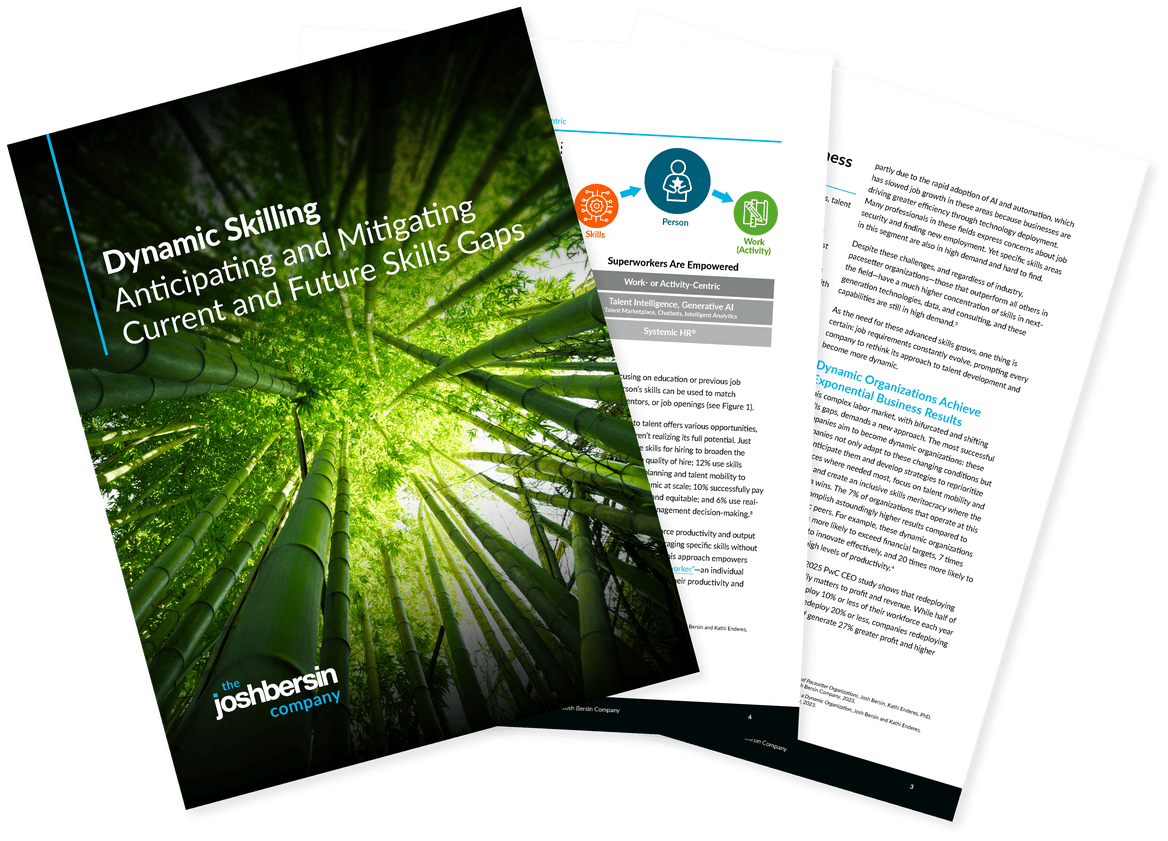Compass Staff |
When Candace Twiggs first became a manufacturing talent marketing professional, the industry was just undergoing a massive digital reinvention. Since then, the sector has been dramatically reshaped by automation and technological advances, including the Internet of Things, 3D printing, and digital twins.
Twiggs, who led Intel’s Campus and Diversity recruitment marketing strategy, responded to the shifts in kind and observed major changes in the workforce, its needs, and the opportunities for HR leaders. Twiggs, now a marketing consultant based in Atlanta, sat down with Compass by Guild about the transformation of work in manufacturing and how to manage it.
Q: From a manufacturing perspective, what challenges do you see shaping workforce transformation in 2025?
There are several factors that will continue to shape workforce transformation in 2025 and, given budget constraints, we could see additional slowdowns. The unique talent scarcity-issue in manufacturing is simultaneously compounded by a maturing workforce approaching retirement and the need to train and develop a younger, tech-savvy workforce who may not immediately see the value and benefit of a career in manufacturing. A lot of education is still needed in this area.
As many companies navigate economic headwinds, there is the very real possibility of limiting further investments in workforce development. However, to remain competitive, organizations will want to ensure they prioritize workforce innovation despite potential limitations.
Q: Do you see an opportunity for business-centric learning & development (L&D) to be the X factor that drives transformation forward?
Yes, I’m a big proponent of L&D initiatives as a tool to support workforce transformation and feel it could even emerge as a driving component. Though not without strategic time and investment. By tailoring L&D to specific business needs — like industry and equipment training in manufacturing — organizations have the opportunity to close the skills gap and simultaneously measure return on investment (ROI). Creating time-flexible micro-learning courses for time-pressed individuals, or partnering with educational institutions or community organizations to offer low or no-cost programs and certifications, can be effective. However, it’s a long-term strategy that requires vision, commitment, and dedication.
Q: What advice would you have for HR leaders trying to keep their workforces on par and ahead of all this technological change?
The technological landscape is rapidly evolving, and each of these areas has considerably altered the manufacturing landscape. To support rapid innovation, there has to be a culture of continuous education and upskilling, but not in isolation. At the same time, employee feedback loops are sometimes overlooked in this process. This element — along with leadership buy-in and clear communication — is imperative to ensuring employees are well-prepared and equipped during transitions involving technology adoption.
Q: In semiconductors in particular, there is a big opportunity to identify and access untapped talent pools. According to recent McKinsey research, women account for only 17 percent of tech roles in the semiconductor industry. What work can be done to attract more women into semiconductor roles?
This is an excellent question and an area I’m deeply passionate about. Workplace flexibility is absolutely one place to start, but only a piece in the larger puzzle. Flexibility isn’t only about schedules, it’s about fostering a workplace culture that is truly inclusive. This may require some organizations to take a critical look at their existing infrastructure and identify the opportunities to better support women employees. This could be through mentoring, clear career advancement pathways, pay equity, returnship initiatives and more.
For companies without existing partnerships, organizations like Women in Manufacturing (WiM) or the Society of Women Engineers (SWE) can provide valuable resources and insights. Additionally, when engaging a student population, there is a unique opportunity to highlight your employer brand. By appealing to students and early-career professionals as they make critical decisions about where (and why) to start their career, companies can develop diverse pipelines for the future.
Q: Workers are leaving semiconductor roles (and in many cases the industry altogether) because of a lack of career development and advancement opportunities. Also retirement. Have you approached this challenge in your roles, and how should leaders approach this today?
Yes, attrition and retention are challenges I’ve addressed in roles I’ve held. One effective way this has been addressed is the use of highlighting employee stories so both internally and externally our audience can see and understand how programs and benefits are leveraged in real-world scenarios. Stories are shared internally and externally through traditional web and video methods. Though, more recently branching out and partnering with employees as digital creators has broadened reach and impact. I feel leadership, particularly at the management level, plays a critical role by partnering with employees on developing personalized career paths curated with individual aspirations and regularly checking in to maintain alignment.
Additionally, benefits such as educational reimbursements, gig assignments, and rotational programs and sabbaticals can also help retain mid-career professionals. Addressing these issues head-on are a few of the ways the industry can remain competitive while mitigating talent attrition.
Q: What has worked from your experience in getting people to embrace educational-benefit opportunities in manufacturing?
In my experience, people are more likely to embrace educational-benefit opportunities when clear links are drawn between how the particular education will play in their career advancement. For example, for those entering the industry, it can be stability, flexibility, and sustainable long-term career growth. For those already within the industry it can be continued career growth, increased responsibility, influence and visibility. The key to program retention is creating programs with a flexible design that addresses time and resource constraints, incorporating gamified elements, and accessible platforms, including mobile-friendly options. Also, celebrating program milestones with badges and certifications along the way and through completion can foster motivation towards completion.




